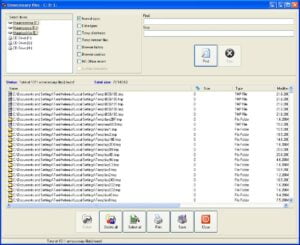
The registry can also fragment when the software is uninstalled, upgraded, or updated. Registry cleaner software will state that your programs will be confused by the duplicate entries, slowing the performance of your machine, but that is not true. Duplicate keys are made when you reinstall, upgrade, or update the software on your machine, including the operating system. Registry cleaner software will often claim these are an immediate issue, but in reality, they will just use up a few kilobytes of free space on your disk.

Sometimes, malware infection or Disk issues can also end up corrupting the registry file. Usually, the Registry gets corrupted if you make some changes using the Registry Editor. In this post, we will show you the safest & recommended ways to fix or repair a corrupted or damaged Registry in Windows 11 and Windows 10. You can change Registry key values manually using the built-in Windows Registry Editor (regedit) in order to improve performance or make Windows work the way you want, but you need to know what you’re doing or you can seriously damage your OS.


 0 kommentar(er)
0 kommentar(er)
